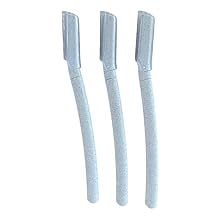
How will Trump impose tariffs on Canada and others? His options, explained
Global News
Donald Trump has broad executive authority to impose tariffs for national security reasons, and may be considering invoking a national emergency to justify them.
The threat of economically damaging tariffs on Canadian goods is looming larger as U.S. president-elect Donald Trump’s inauguration draws closer — and there is little Canada can do to fight back against the tools at Trump’s disposal.
Although Congress typically oversees tariff and tax policy, Trump has broad executive authority to impose tariffs for national security reasons. That’s how he justified slapping tariffs on Canadian steel and aluminum in 2018, which kicked off a cross-border trade war during Trump’s first term.
This time, Trump may go further.
CNN reported Wednesday, citing multiple sources, that the president-elect is considering declaring a national emergency to provide legal justification for universal tariffs on foreign imports, including the 25 per cent levy he’s threatened against Canada and Mexico.
The move would allow Trump to use a federal law that authorizes a president to manage imports during an emergency, according to the report, which neither Global News nor the Trump administration has confirmed.
Trade policy experts say the national emergency declaration is a likely tool that Trump could use to impose tariffs on allies and adversaries alike because it can be used “expeditiously.”
“(Trump) is trying to use any measure that he has, any tool in his toolbox, to impose tariffs as quickly as he can,” said Andreas Schotter, a professor of international business at the Ivey Business School at Western University.
In 2018, Trump signed an executive order that laid 25 per cent tariffs on imported steel and 10 per cent tariffs on aluminum. Despite initially being exempted, Canada and Mexico were included in May 2018.





















 Run 3 Space | Play Space Running Game
Run 3 Space | Play Space Running Game Traffic Jam 3D | Online Racing Game
Traffic Jam 3D | Online Racing Game Duck Hunt | Play Old Classic Game
Duck Hunt | Play Old Classic Game











